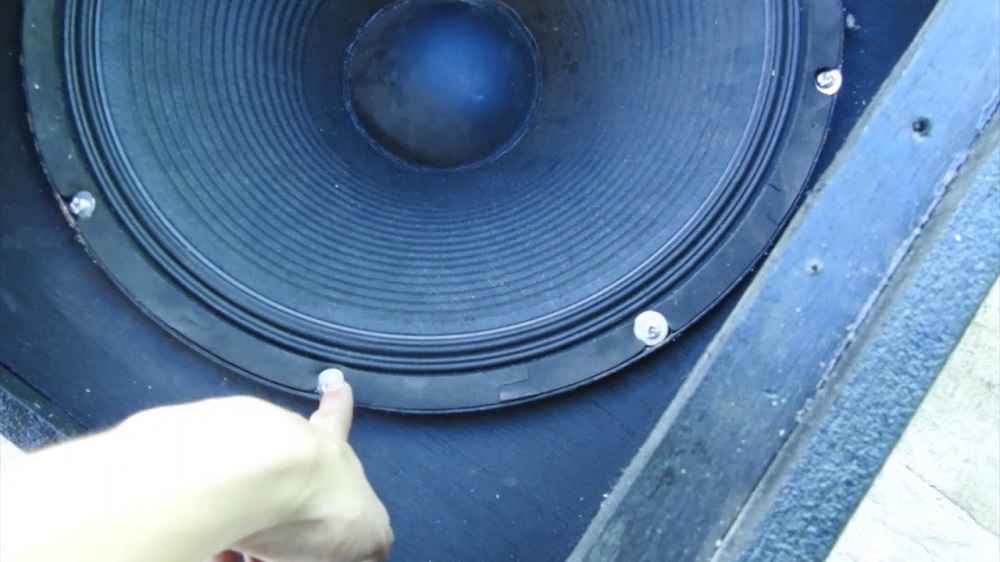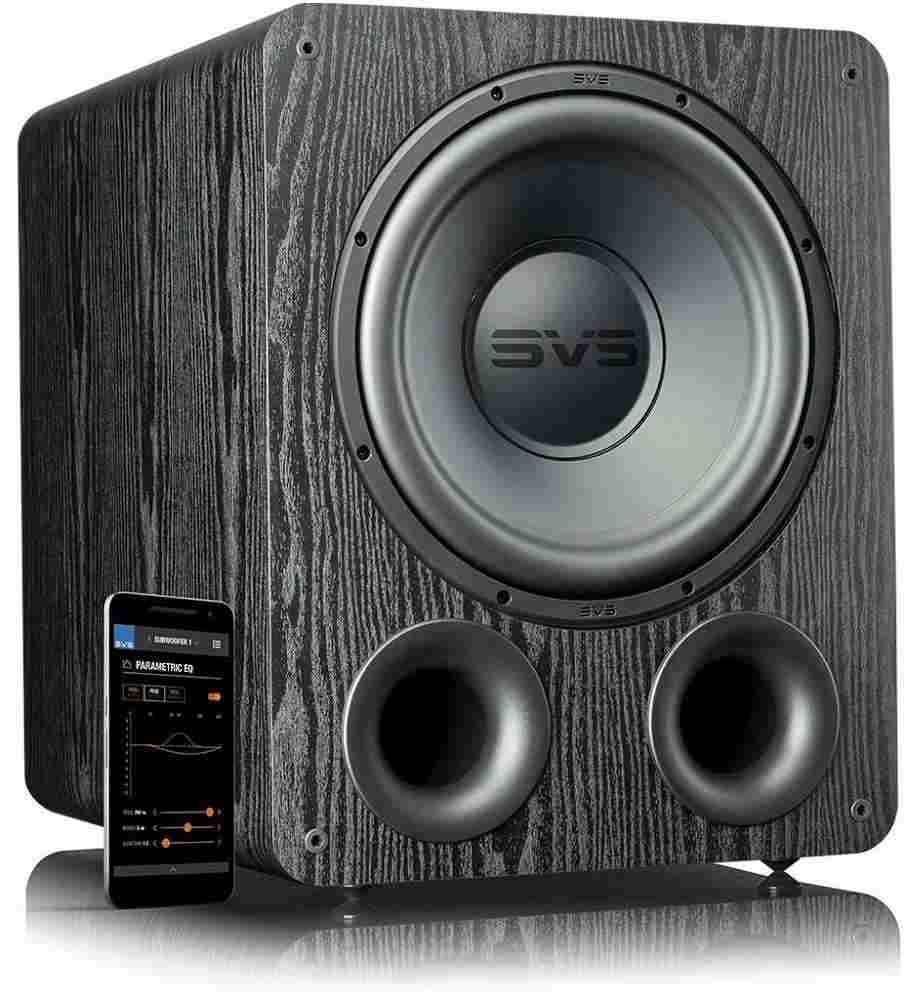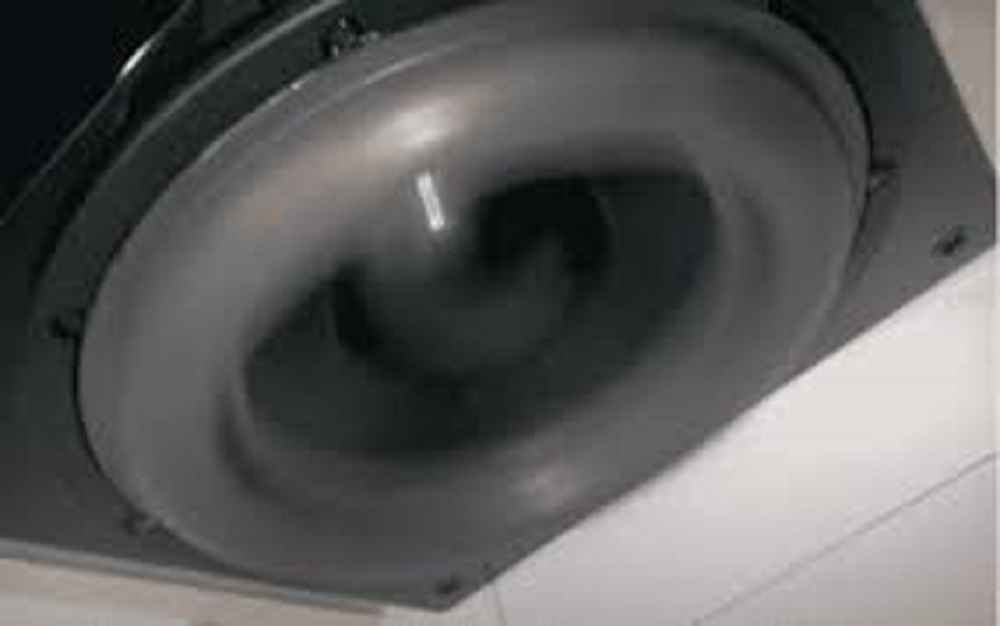A rattling subwoofer can create a frustrating experience for any music lover or home theater enthusiast. A rattling subwoofer does not only ruin your audio experience but can also damage the subwoofer itself.
Understanding the causes of the rattling and how to prevent them is crucial to maintaining the longevity and performance of your subwoofer. In this article, we will discuss the common causes of this rattling sound in your subwoofer and how to fix them.

Causes of Subwoofer Rattling
The rattling sound from your subwoofer can be caused by several different factors, which include:

Loose screws or bolts:
If the screws or bolts holding the subwoofer together are loose, it can cause the subwoofer to rattle. Over time, the screws or bolts can come loose due to the vibration of the subwoofer during use.
Poorly constructed subwoofer cabinet:
The subwoofer cabinet plays a crucial role in preventing rattling. If the subwoofer cabinet is not constructed properly or is of low quality, it can cause the subwoofer to rattle.
Damaged subwoofer speaker cone:
The speaker cone is the part of the subwoofer that produces sound. If the speaker cone is damaged, it can cause the subwoofer to rattle. This damage can occur from excessive use of the subwoofer or if the subwoofer is being bumped or hit.
Distorted audio signals:
If the audio signals from the head unit or receiver are distorted, it can cause the subwoofer to rattle. This can occur due to a malfunction in the audio equipment or from playing audio at high volumes for extended periods of time.
Improper installation:
Finally, if the subwoofer is not installed properly, it can produce a rattling sound during use. This can occur if the subwoofer is not secured properly or if it is placed on an unstable surface.
It’s important to know that the rattling sound from your subwoofer can be caused by either one or a combination of these factors.
How to Diagnose the Cause of Subwoofer Rattling
Once you’ve determined that your subwoofer is rattling, the next step is to diagnose the cause. Here are some steps you can follow to diagnose the issue:
Check the screws and bolts:
Start by checking all of the screws and bolts holding the subwoofer together. If any of the screws or bolts are loose, tighten them to see if this resolves the rattling issue.
Examine the subwoofer cabinet:
Next, examine the subwoofer cabinet for any damage or signs of poor construction. If the cabinet is damaged, you may need to replace it to resolve the rattling issue.
If the cabinet is poorly constructed, you may need to reinforce it to prevent rattling in the future.
Test the subwoofer speaker cone:
If the subwoofer speaker cone is damaged, it can cause rattling. To test the speaker cone, play a test tone or music and listen for any signs of distortion or rattling.
If you hear rattling, the speaker cone may need to be replaced.
Observe audio distortion:
If the audio signals being sent to the subwoofer are distorted, it can cause rattling. Observe the audio signals by watching the audio meters on your equipment.
If you see any distortion, you may need to adjust the audio signals or replace the equipment causing the distortion.
Verify the installation procedure:
If the subwoofer is not installed properly, it can cause rattling. Verify that the subwoofer is securely mounted and placed on a stable surface.
If the subwoofer is not securely mounted, you may need to adjust the installation to prevent rattling.
Solutions to Subwoofer Rattling
Once you have diagnosed the cause of the subwoofer rattling, you can take any of the following steps to resolve the issue. As stated above, sometimes you may have to take multiple steps to fix the issue.
Tighten screws and bolts: If the screws or bolts holding the subwoofer together are loose, tighten them to resolve the rattling issue.
Reinforce the subwoofer cabinet: If the subwoofer cabinet is poorly constructed or damaged, reinforce it to prevent rattling. You can reinforce the cabinet by adding bracing or using higher quality materials. If necessary, replace the cabinet.
Replace the damaged subwoofer speaker cone: If the subwoofer speaker cone is damaged, replace it to resolve the rattling issue.
Adjust audio signals: If the audio signals being sent to the subwoofer are distorted, adjust them to resolve the rattling issue. You can adjust the audio signals by reducing the volume or using a different source of audio.
Proper installation: If the subwoofer is not installed properly, adjust the installation to prevent rattling. Make sure the subwoofer is securely mounted and placed on a stable surface.
Prevention of Subwoofer Rattling
The following are ways you can take to prevent your subwoofer from rattling in future and enjoy the full potential of your home audio system:
Regular maintenance: Regularly check the screws and bolts holding the subwoofer together, and examine the subwoofer cabinet for any signs of damage or poor construction.
Proper installation: Make sure the subwoofer is installed properly to prevent rattling. This includes securely mounting the subwoofer and placing it on a stable surface.
Use of high-quality subwoofer components: Use high-quality subwoofer components, such as a well-constructed cabinet and a high-quality speaker cone, to prevent rattling.
Avoiding audio distortion:Avoid sending distorted audio signals to the subwoofer by using proper equipment and adjusting audio levels as needed.

Conclusion
Subwoofer rattling can be a frustrating issue, but with proper diagnosis and solutions, it can be resolved. From checking screws and bolts to adjusting audio signals, there are several steps you can take to prevent and resolve subwoofer rattling.
By following these steps and taking proper care of your subwoofer, you can ensure that your home audio system is working to its full potential.
Can subwoofer rattling be caused by the room or environment?
Yes, the room or environment in which the subwoofer is placed can contribute to rattling. For example, if the subwoofer is placed on a hard surface, such as concrete or tile, it can cause the subwoofer to vibrate and rattle.
To prevent this, place the subwoofer on a carpeted or rubber surface.
Can subwoofer rattling be resolved by adding additional insulation?
Yes, adding insulation to the subwoofer cabinet or room can help reduce rattling. This is because insulation helps absorb and dampen the sound waves generated by the subwoofer, reducing the vibration and rattling.
Is it safe to try to fix subwoofer rattling on my own, or should I take it to a professional?
If you are familiar with subwoofers and have experience fixing them, you can try to resolve the rattling issue on your own. However, if you are unsure or lack the necessary experience, it is best to take the subwoofer to a professional for repair.
Can subwoofer rattling be caused by a faulty amplifier or receiver?
Yes, a faulty amplifier or receiver can cause subwoofer rattling. This is because the amplifier or receiver provides the power and signals to the subwoofer.
If the amplifier or receiver is faulty, it can cause the subwoofer to rattle.
Can subwoofer rattling be prevented by using a subwoofer isolation pad or platform?
Yes, using a subwoofer isolation pad or platform can help prevent rattling by reducing the transfer of vibration from the subwoofer to the floor. This will help to reduce the amount of vibration and rattling that is generated by the subwoofer.
